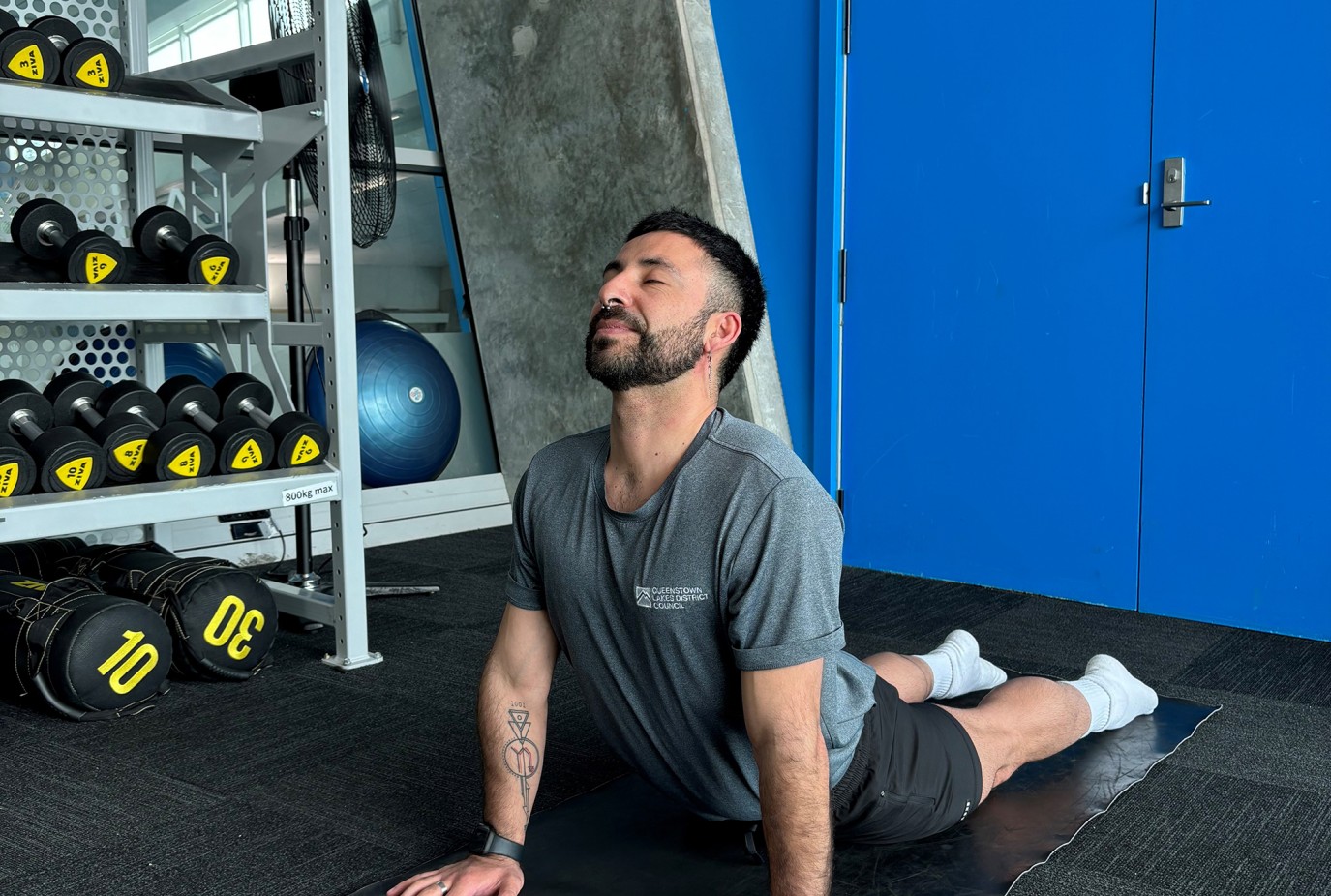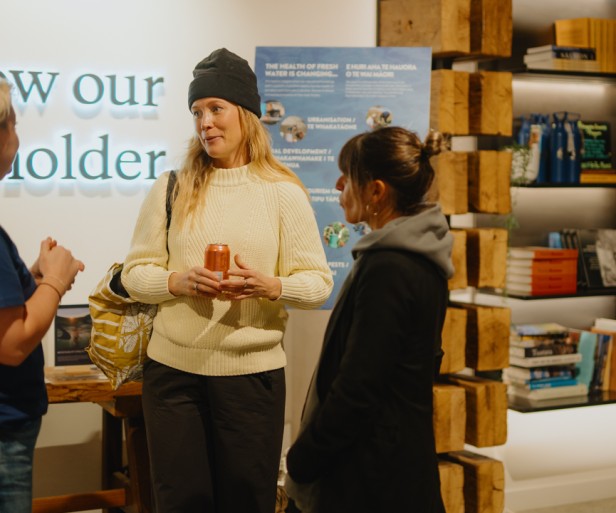Exercise for Persistent Pain

We all experience pain at some point in our lives.
Pain is a vital mechanism that causes us to slow down or stop moving completely when we’ve done damage somewhere in our body. However, this mechanism can sometimes be unproductive, such as in the case of chronic lower back pain or phantom limb pain.
Let’s explore the underlying mechanisms of pain and how we can manage it better through exercise and movement.
Contrary to most people’s beliefs, pain is created by the brain. This does not mean that your pain is not real or ‘all in your head’, but it is purely a protective mechanism we have to keep us safe. To send a pain signal, our brain first receives information from the site of the injury where the damage has occurred.
Using this information, our brain decides on the output (the pain we feel), based on a number of factors including the situation, any previous experience with pain, our beliefs around pain, our current mood or the presence of different hormones.
With persistent pain (pain that has lasted longer than 3 months), there is more involvement from these signals within the brain than at the site of the injury, and the correlation between the amount of pain and the degree of damage can be poor.
Some people can even experience pain when there is no damage at all! This happens when the injury has resolved itself, but the pain lingers because of other factors. Things that can increase the levels of pain are high stress, inactivity, fear of movement and even your beliefs on the severity of what’s occurred. This is why using negative, fear-provoking language can be detrimental.
So, what can you do if you are experiencing persistent pain that just won’t go away?
The first step is understanding how our pain system works. Once we take the fear away and can start to believe that the degree of damage is often poorly correlated to our pain, it gives us empowerment to start to improve. Next, we want to do things that reduce cortisol (stress hormones) and increase endorphins (happy hormones).
Exercise, or any movement which makes us feel good is key! Start exploring and find something that gives you joy, whether it’s walking, dancing, yoga, lifting weights or playing with your kids. Once we can achieve this, our brains can remodel to become less sensitive to pain. This remodelling is called ‘neuroplasticity’ and is an amazing feature of our complex brains.
If you are living with pain, you may be eligible to join the Green Prescription programme at Alpine Health and Fitness.
This programme offers weekly small group, supervised sessions and a personalised exercise programme for anyone with a Green Prescription referral (those with a stable medical condition are eligible).
Find out more here: https://www.qldc.govt.nz/recreation/queenstown-events-centre/gym-group-fitness/gym-programmes/green-prescription/








